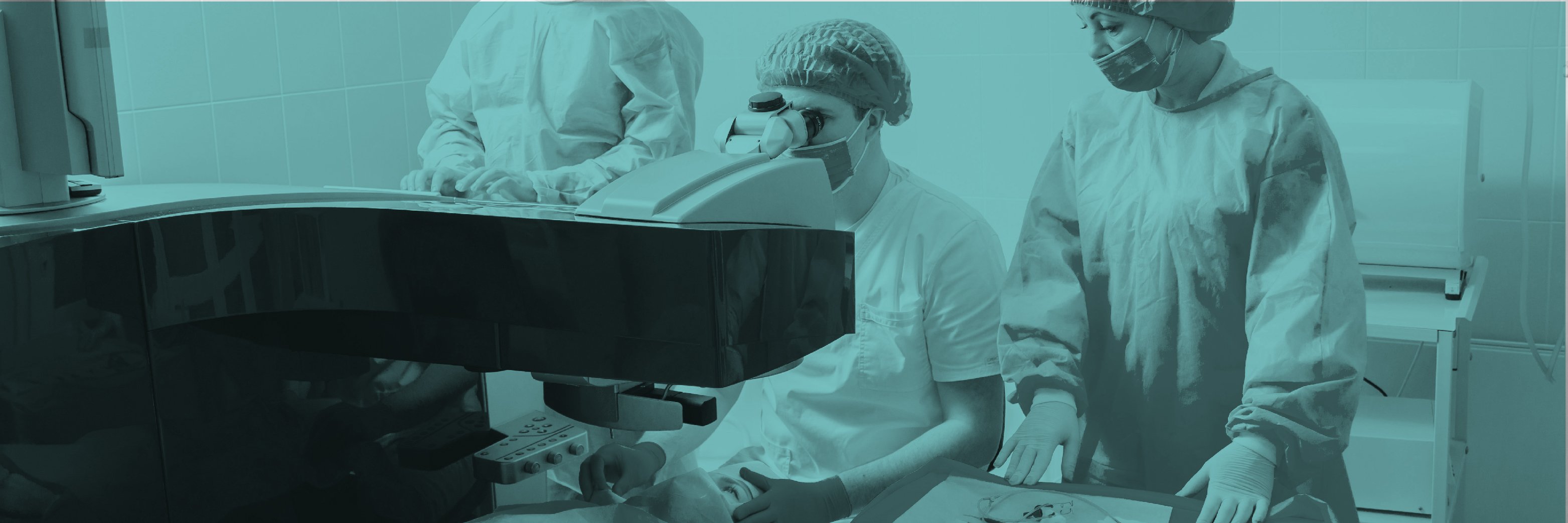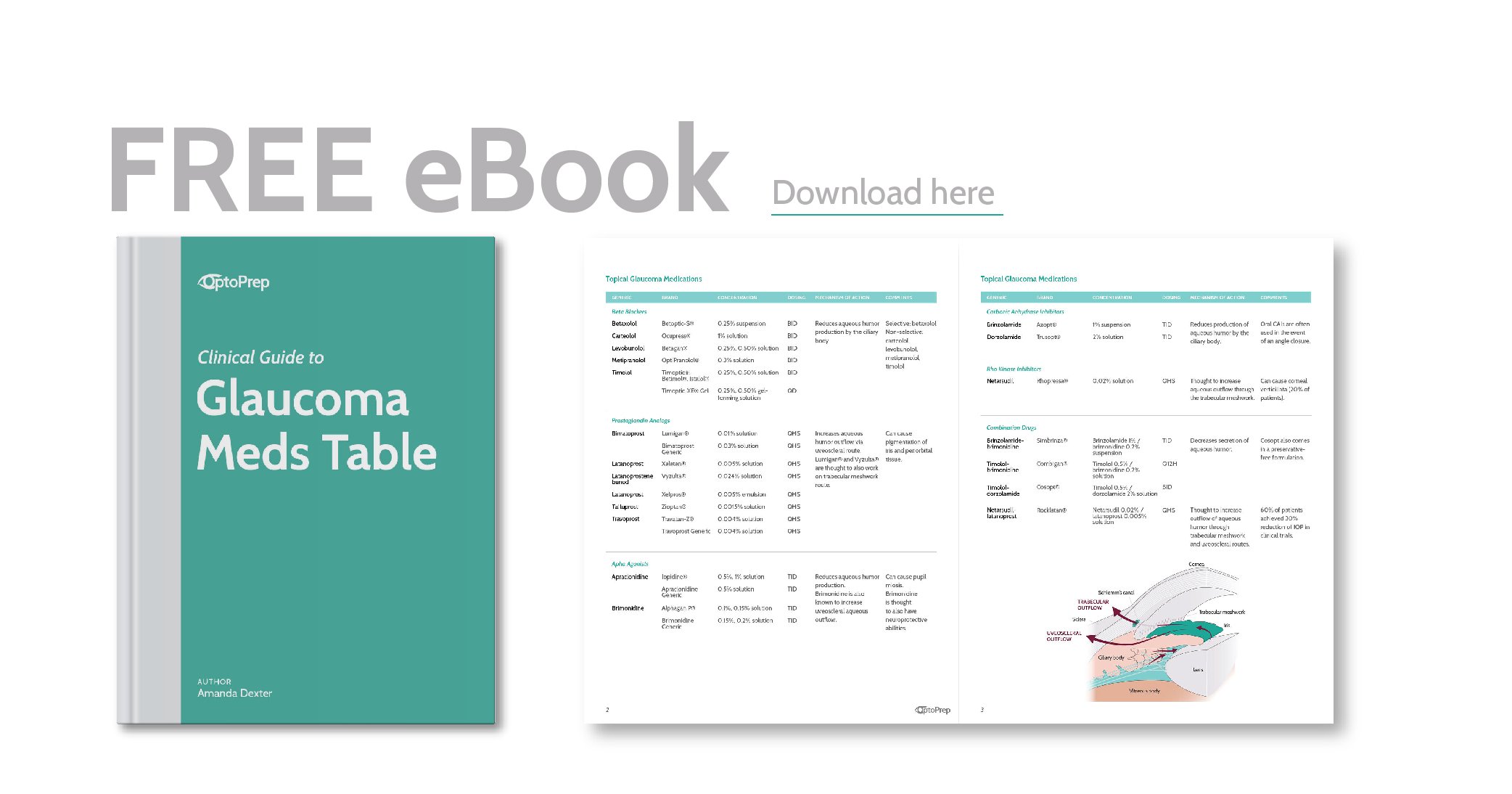
Laser procedures have become important treatment options in the management of patients with glaucoma. These procedures can be used in place of or in conjunction with topical therapies.
Argon Laser Trabeculoplasty (ALT)
Indicated as adjunct therapy in inadequately controlled primary open angle glaucoma, pseudo exfoliation glaucoma, and pigmentary glaucoma in which there is a risk for progression of the visual field or retinal nerve fiber layer damage. It may also be a substitution for effective, but poorly tolerated topical medications, or patients with poor compliance on topical medications.
ALT involves the application of isolated laser burns to the trabecular meshwork in order to increase the outflow of aqueous, subsequently lowering intraocular pressure (IOP). It is thought that increased outflow occurs as a result of opening of adjacent untreated trabecular spaces by tightening of the treated trabecular meshwork, as well as the clearing of trabecular meshwork debris by cell division and migration of macrophages induced by the laser treatment.
25 burns are typically placed at regularly spaced intervals along the length go the mirror. The lens is then rotated 90 degrees and another 25 burns are employed, for a total of 50 burns over 180 degrees. Some surgeons will then treat the other 180 degrees at a later date if the first treatment was inadequate, while others will treat the entire circumference of the trabecular meshwork with 100 burns at the initial visit.
Selective Laser Trabeculoplasty (SLT)
Indications for selective laser trabeculoplasty are similar to that of argon laser trabeculoplasty, but SLT may be done on patients who were unsuccessful with ALT or previous SLT.
SLT selectively targets pigmented trabecular meshwork cells, while sparing the non- pigmented (non-filtering) cells. The absorption of radiant energy by the melanin containing cells leads to rupture of melanosomes and cellular destruction (photolysis). The ruptured cells release metalloprotease and other proteolytic enzymes triggering an inflammatory response mediated by macrophages and other phagocytic cells. Phagocytic action in and around the trabecular meshwork typically results in increased aqueous outflow and reduction in intraocular pressure.
As with ALT, most surgeons complete 180 degrees of treatment at the initial procedure. However, SLT can be repeated (if prior SLT or ALT has been attempted previously) if necessary.
Nd:YAG Laser Peripheral Iridotomy
Indications for laser peripheral iridotomy (LPI) include primary angle closure glaucoma (acute, intermittent, or chronic), secondary angle closure with pupillary block, and narrow angles that are considered “occludable.” LPIs are also indicated for the fellow eye of a patient with acute angle closure as prophylactic treatment, and for patients with plateau iris.
Laser energy is used to create an opening through the iris, allowing the aqueous to move more easily from the posterior chamber to the anterior chamber. This additional passageway allows the flow of some aqueous to bypass the normal route (from ciliary body, beneath the iris, through the pupil interface, and into the anterior chamber).
|
Clinical Guide to Ophthalmic Glaucoma Medications book cover_Clinical Guide to Glaucoma Meds-06 Topical intraocular pressure (IOP) lowering medications are typically the first-line treatment for patients with elevated intraocular pressure. The drugs used to treat glaucoma are classified based on their active ingredient. Over the years, glaucoma medications have come and gone from the market, so we’ve put together a quick reference chart of all the currently utilized topical drugs, their formulations, dosage schedule, and mechanisms of action. Just click the download button! |

